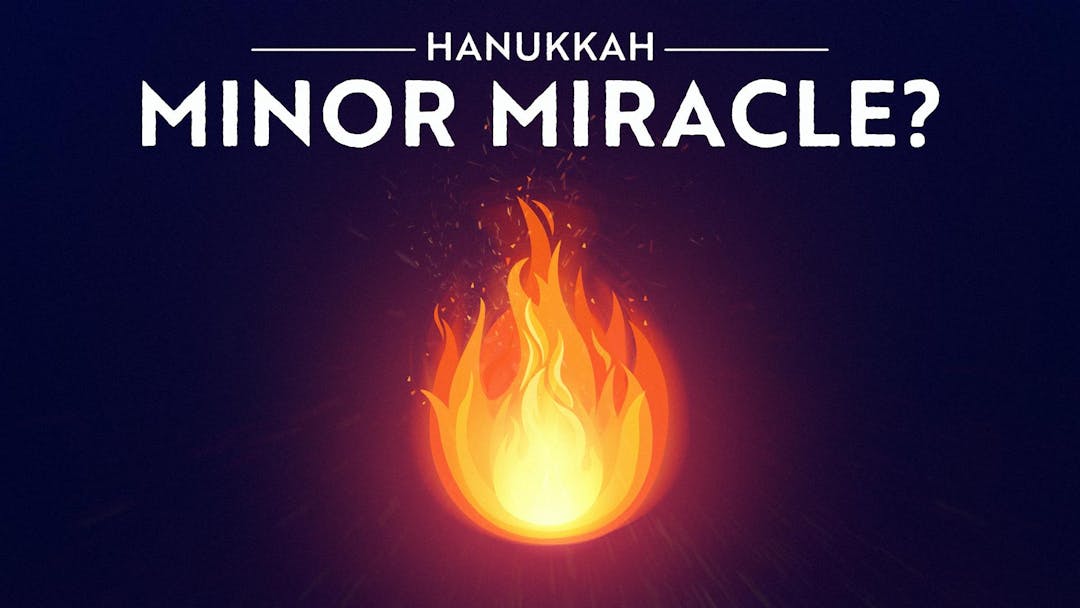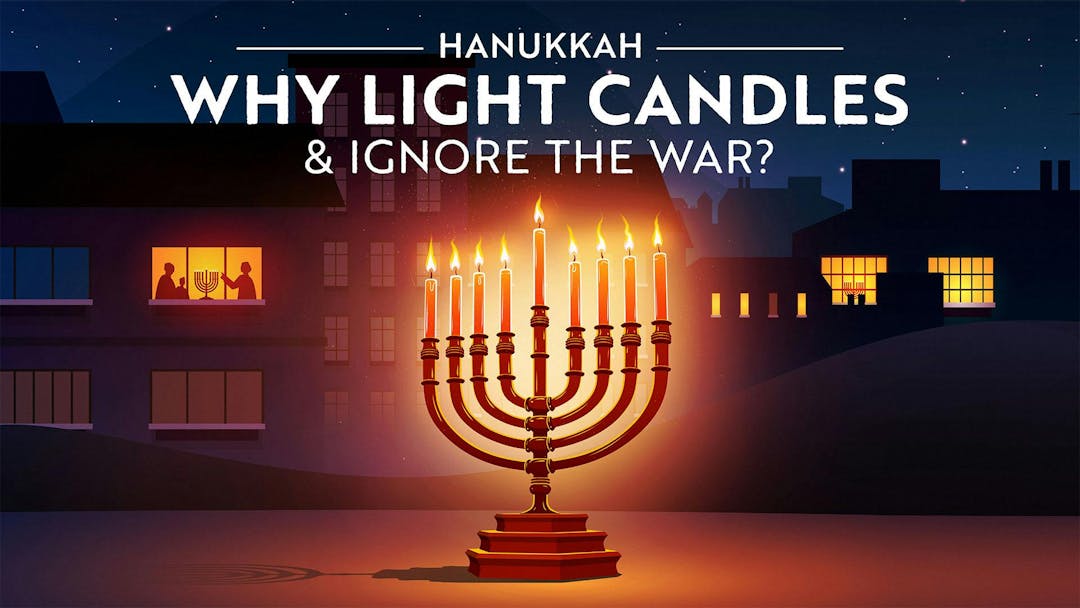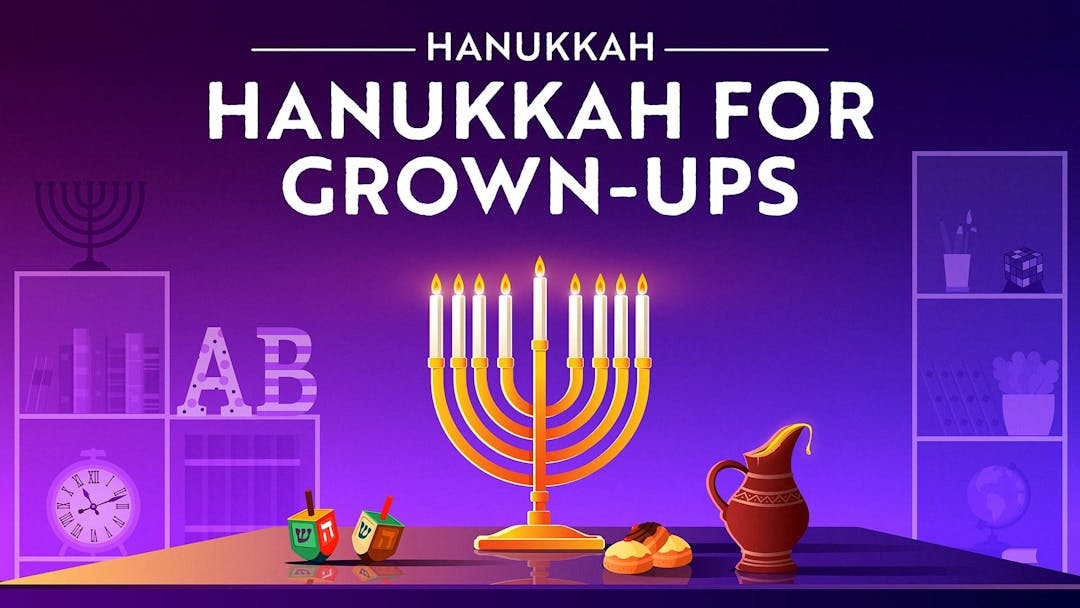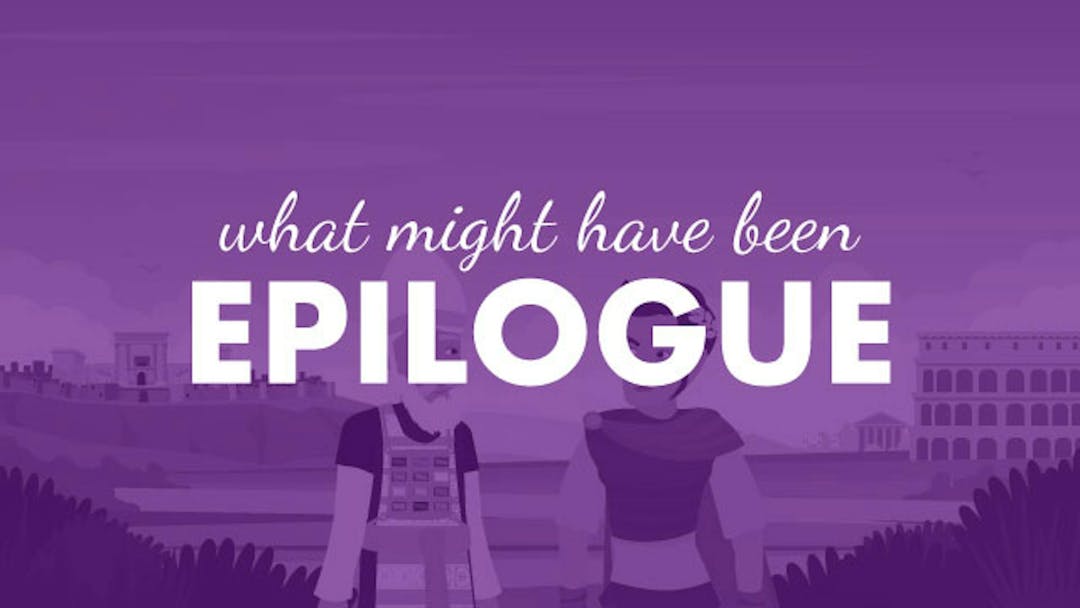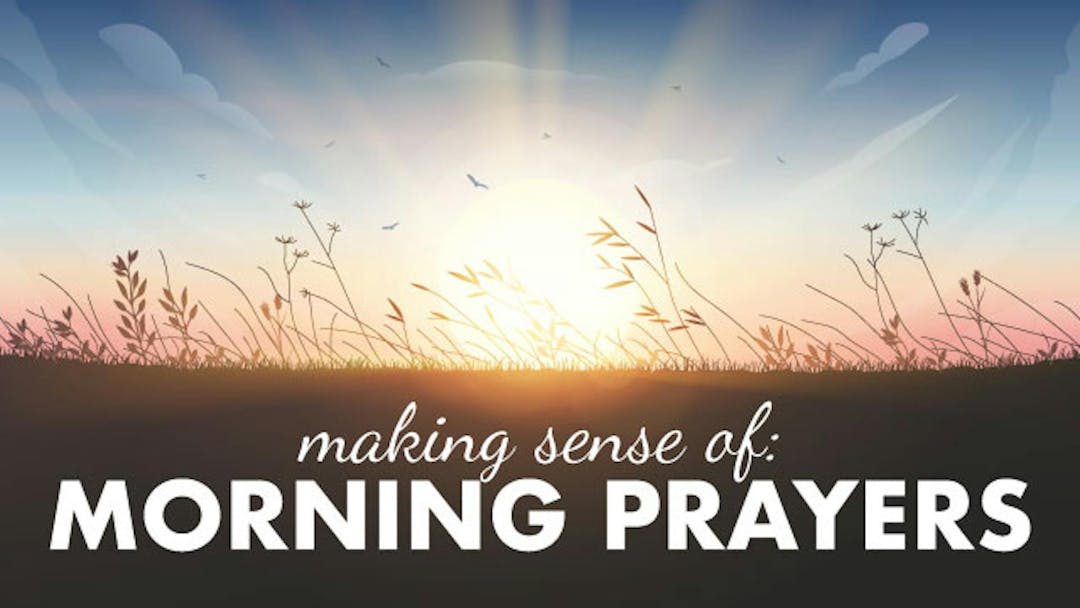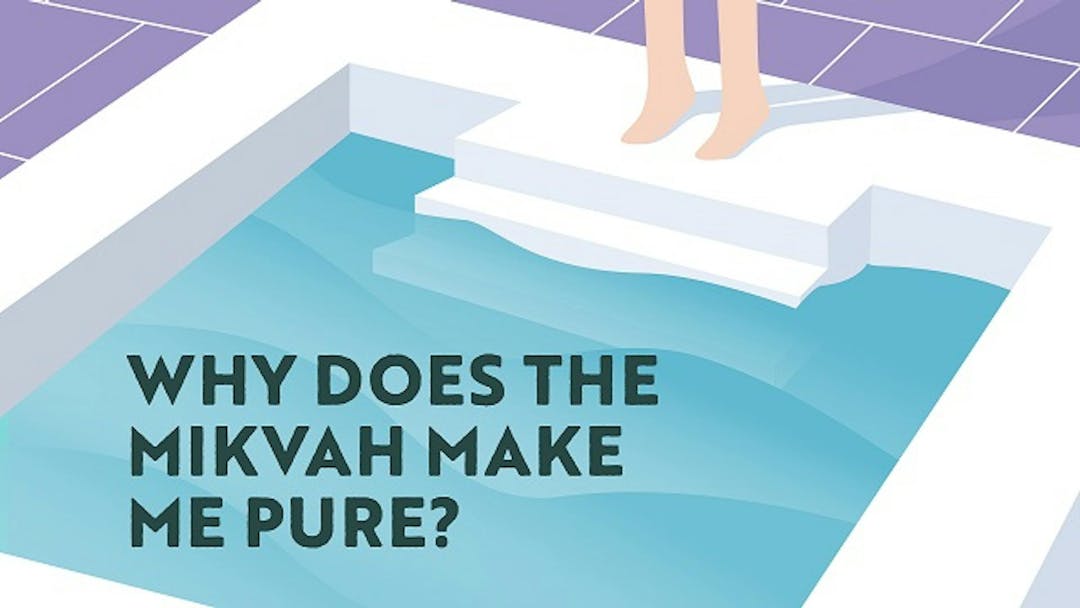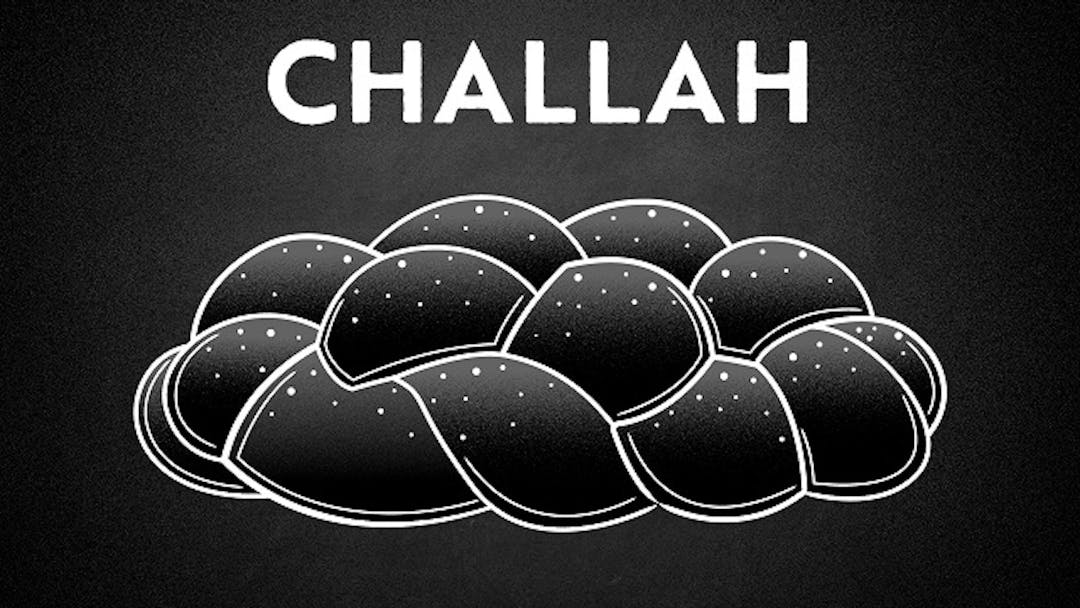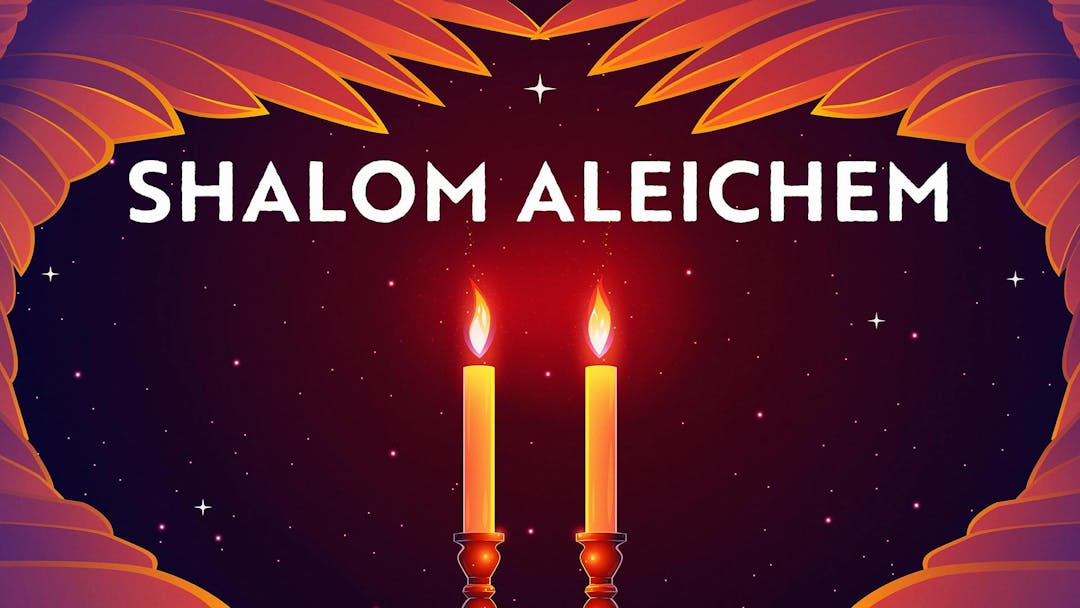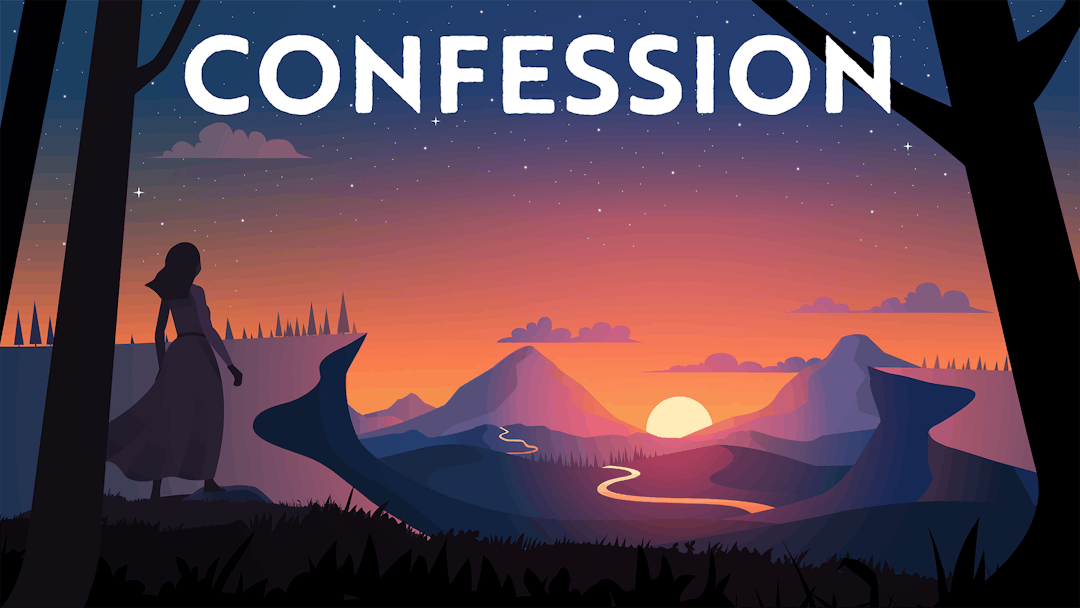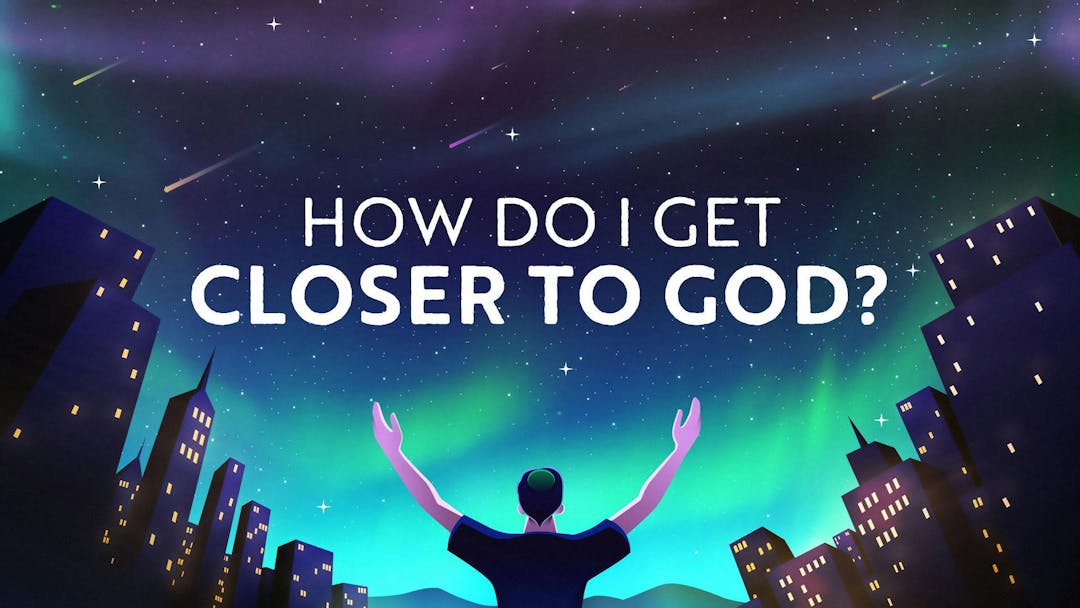Start your free trial today to unlock the full library and enjoy unlimited and uninterrupted access.
Get StartedThe Real Story of Hanukkah (Part 1 of 3)
The Hanukkah That Might Have Been
On Hanukkah, we celebrate the fact that many hundreds of years ago, the Maccabees defeated the forces of Antiochus, and liberated Israel from Greek rule. This victory wasn’t just about political independence – it was also about religious freedom. The Greeks had outlawed many Jewish practices, and actively tried to replace Judaism with Hellenism and its worship of beauty. By defeating the Greeks, the Maccabees ended this persecution and allowed the Jewish people to return to Judaism.
The story of Hanukkah raises a perplexing question: was the clash between Judaism and Hellenism inevitable? Are these two ways of life just completely incompatible, to the point that the Jews would have had to either assimilate or revolt? And, if that’s the case, what about those of us who are faithful Jews today, who also appreciate beauty and aesthetics? Are we living a contradiction?
Join Rabbi Fohrman as he analyzes a fascinating story recorded in the Talmud about a different encounter between Jews and Greeks, one which ends much more peacefully than the story of Hanukkah. This story may hold the key to understanding the right way for Judaism and Hellenism to interact – and where, if anywhere, the ideas of Hellenism can fit in Jewish life.
When you’re done here, check out other great Hanukkah content at Aleph Beta including What Is Hanukkah, Hanukkah in The Book of Maccabees & What Does Hanukkah Commemorate?
Want to watch the full video for free?
Enter your email and we’ll send you a link to watch the full series free.
What is Aleph Beta?
Aleph Beta is a unique kind of Torah library. Led by our founder, Rabbi David Fohrman, we are dedicated to high-level, textual Torah learning for adults that is intellectually and spiritually sophisticated, that enlivens your Jewish practice and helps you forge a deeper connection to God. Whether you’ve been learning in yeshiva for years or you’re just beginning your Torah journey, you’re sure to find something meaningful and surprising waiting for you here.
Browse our library of over 1,000 beautifully produced animated videos, podcasts, deep dive courses, and printable guides. Topics include the weekly parsha, Jewish holidays & fast days, laws & mitzvot, prayers, relationships, big philosophical ideas and more. Have something to say at the Shabbos table that will amaze your family and guests and bring deep meaning into their lives.
